The underground classic that explains how authentic activities help learners explore,
discuss, and meaningfully construct new knowledge
GO AUTHENTIC
Activities that support learning
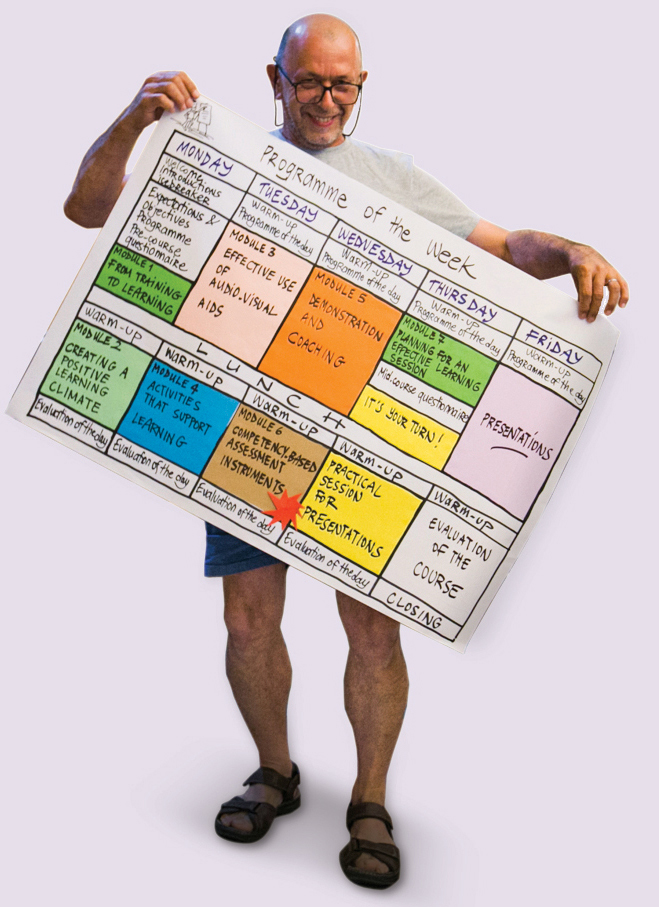
The activities shared in this book work because they are well thought-out and aligned with all other elements of the course. They work because we do not lecture. They work because we believe that every single participant brings a wealth of experiences to our course environment. We respect each and every one of them as a “more knowledgeable other”. This is what makes the collaborative learning so valuable to all of us, including mentors. The activities described in this book work because they are part of a long learning journey, where we believe the end is nothing, but the road is all. They also work in eLearning programmes, because it is never “me and the computer screen”, there is always a human face, a mentor who supports learners whenever they need.
They work because instead of shoveling information into learners’ brains and asking them to regurgitate it later, we focus on critical thinking, communication, collaboration, creativity, and, most importantly, on conation.
They work, because we view failures as an opportunity to learn. They work because we understand that creativity and innovation is a long-term, cyclical process of small successes and frequent mistakes. They work because we do not stop the clock and distribute a test. Instead, assessment is embedded in all of our authentic tasks. This is what makes the biggest difference. Nothing is abstract - all activities are based on authentic learning principles, just like how things work in real-life.
These activities help learners to explore, discuss, and meaningfully construct concepts and relationships in contexts that involve real-world problems and projects that are relevant to them.
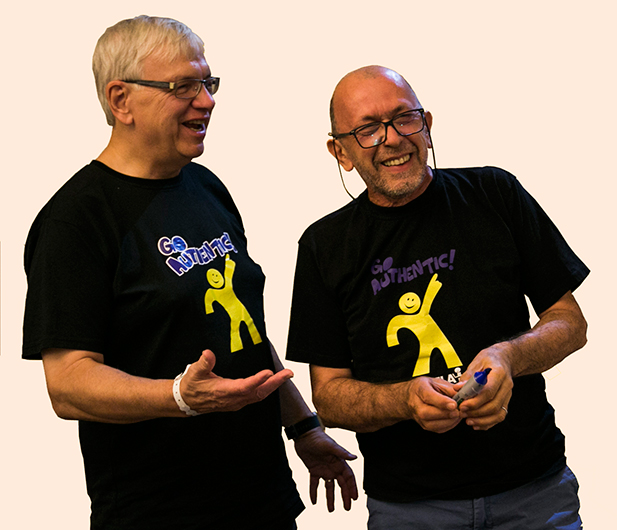

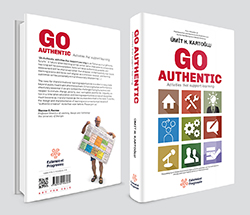



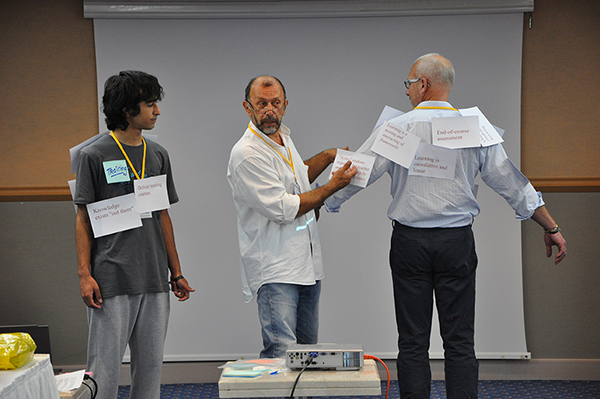


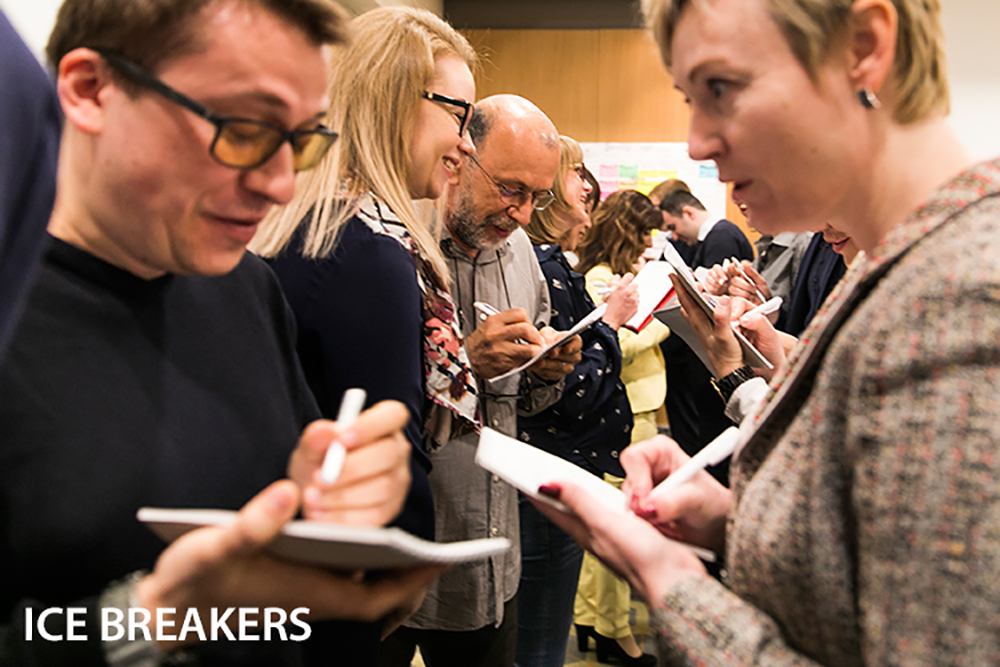 Tombola (Bingo) / Three truths and one lie / Chat chat / Preferences / Mix and meet / Similarities / Connecting stories / Waiving the flag
Tombola (Bingo) / Three truths and one lie / Chat chat / Preferences / Mix and meet / Similarities / Connecting stories / Waiving the flag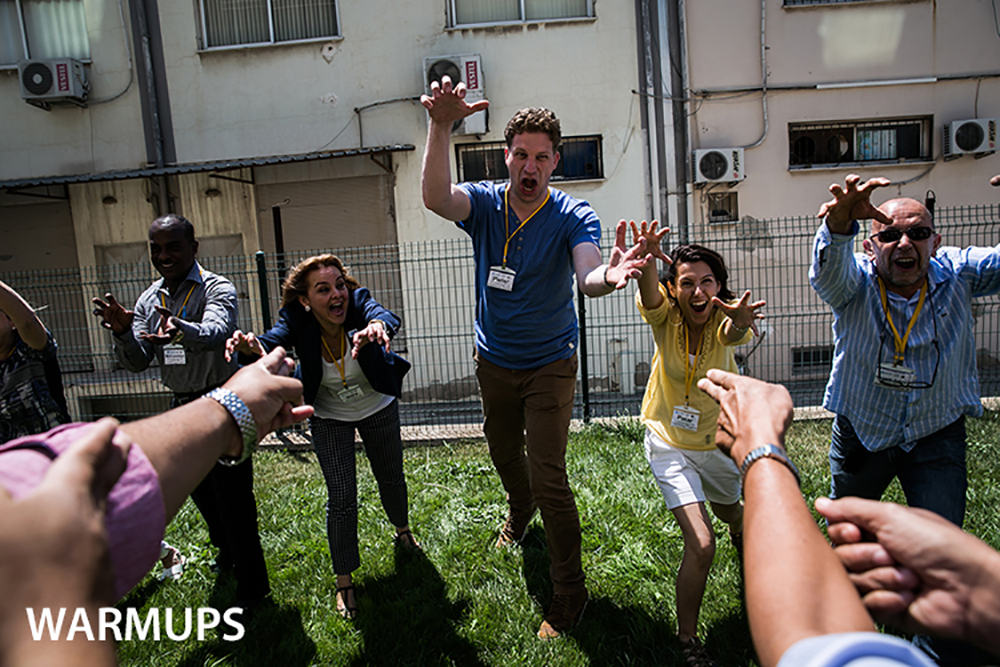 The judge, lion and hunter / Rock-paper-scissors / Scrabble / Number sequence / Touch quickly / Line up / I have a letter for … / Who changed the action? / Blindfold ranking / Math teaser / Tap tap / Knots of people / Get in line / Pass the ball / Broken telephone / Tic-tac-toe / Earthquake or sold / Dragons / Musical chairs / I’ve been everywhere / Kartoshka / Grab the spoon
The judge, lion and hunter / Rock-paper-scissors / Scrabble / Number sequence / Touch quickly / Line up / I have a letter for … / Who changed the action? / Blindfold ranking / Math teaser / Tap tap / Knots of people / Get in line / Pass the ball / Broken telephone / Tic-tac-toe / Earthquake or sold / Dragons / Musical chairs / I’ve been everywhere / Kartoshka / Grab the spoon












